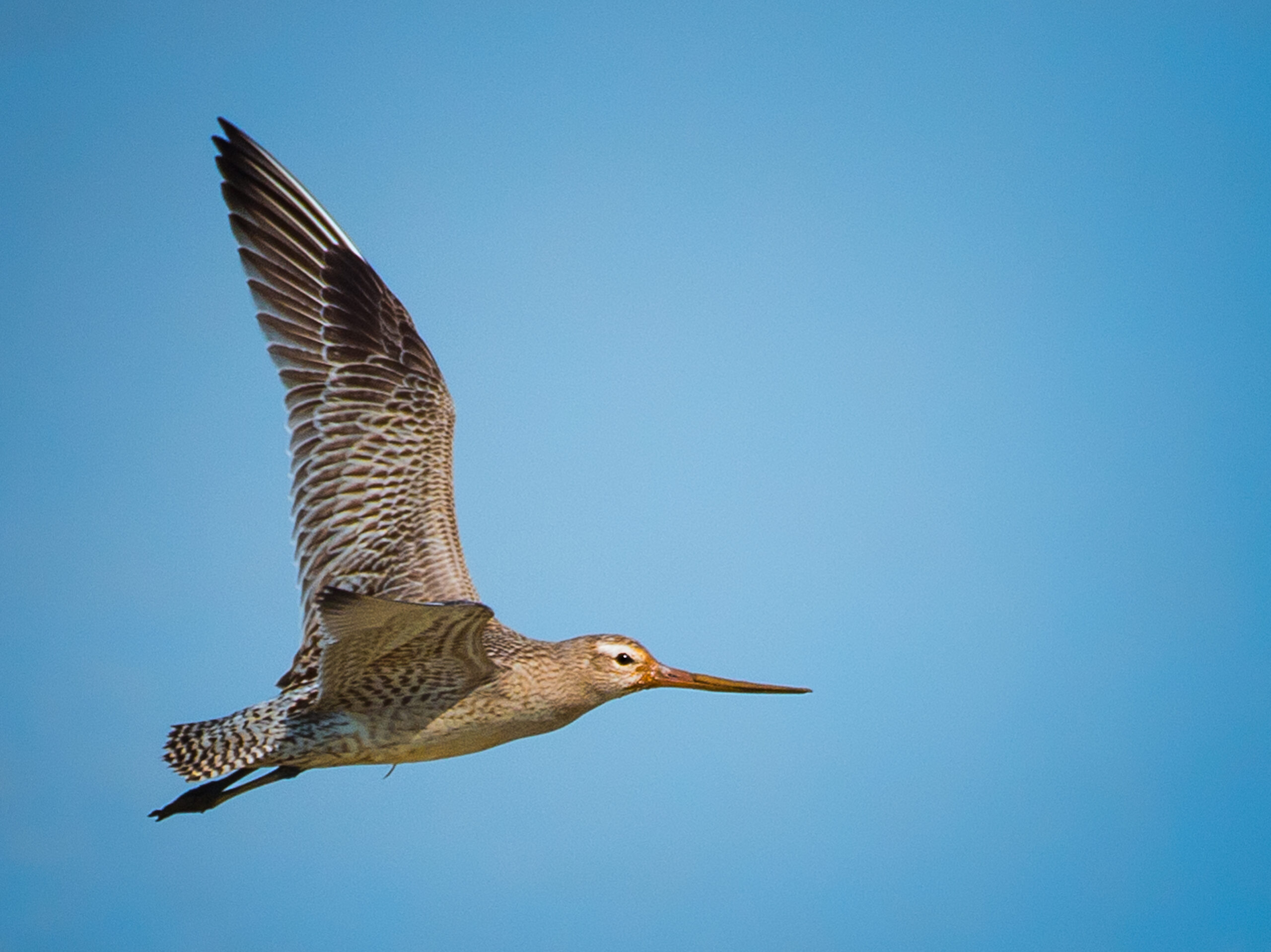We worked with Tasman Environmental Trust to plan a predator control programme for Onetahua Farewell Spit.
Onetahua Farewell Spit is a Wetland of International Importance and a popular holiday stopover for more than 20,000 migratory birds each year.
The importance of Onetahua for wildlife led to local community organisations banding together with a plan to protect the Spit through predator control.
But what are the challenges of eradicating predators from such a unique ecosystem? In early 2022, Ahikā worked with the community to develop a predator free feasibility study to understand the best approach to predator control in the Spit and to set out an implementation plan for how best to achieve the community’s goals in a strategic and cost-effective way.

The challenge
With strong community support for a programme of predator control, and technological advances in the tools to do so, the big challenges lay in the land.
At 25 kilometres long, Onetahua Farewell Spit is the country’s longest sandspit. Behind it, vast mudflats are exposed at low tide, like a revolving door to a dining hall for predators. At its base, rugged and inaccessible forest and coastal bluffs hinder trapping programmes where land tenure ranges from National Park to large blocks of private land.
Is it feasible to eradicate introduced predators in this environment? What are the risks? How do we do it, and what will it cost?
Our assessment
Ahikā focused on the technical feasibility of the task at hand. We described methods for a programme of predator removal, detection, preventing re-invasion, and monitoring results and outcomes.
We used rigorous modelling to test the effectiveness of the methods for each predator under several scenarios, using all the latest information and data.
Overall, our risk assessment highlighted some key issues and ways to mitigate them.
Next steps
Our assessment found that yes, it is achievable to eradicate some predators from Onetahua Farewell Spit. But efforts should be focused on accessways for the worst predators – rats, stoats, pigs, and possums. Initial plans to include all introduced predators over 100,000 hectares of forested hill country at the base of the spit would be too risky and too expensive.
With a green light to proceed, Ahika developed an implementation plan with the detail and budget to guide the setting-up of the programme.
